Sights and Activities
Below are the places we saw and activities completed while visiting Britain:
London
House of Parliament: this is one of the world’s most recognizable landmarks, officially called the Palace of Westminster. The oldest part of the interior dates from 1097, but much of the visible building was built in 1840. The palace’s most famous feature is Big Ben, the clock tower, but actually that is the name of the 13-ton bell inside the tower.
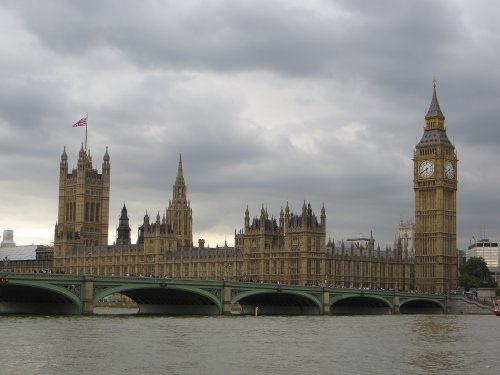

- Westminster Abbey: we saw the exterior of this beautiful church. This is where most monarchs have been crowned since 1066.
- Buckingham Palace: not a big fan of any royal family, but we could not resist on at least taking a peek of the exterior of the Queen’s home.
- Trafalgar Square: dominating the square is 43m-high Nelson’s Column, which was erected in 1843 to commemorate British hero Admiral Nelson’s 1805 victory over Napoleon.
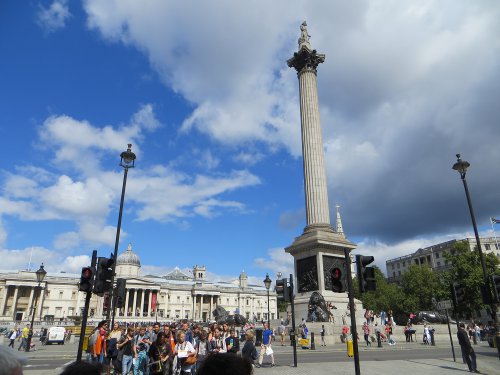

- Michael Jackson Musical: we were invited by our great friends to see a musical of a great legend. We were very entertained and grateful for the opportunity.
- Tower Bridge: this bridge was built over the Thames River in 1894. The bridge was designed so the roadway could be raised to allow ships to pass and reach the port, and it still goes up most days.
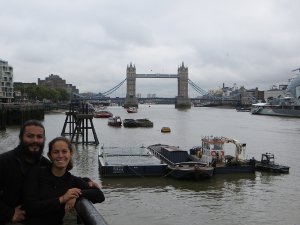

- Tower of London: we walked around the exterior of this historic castle founded towards the end of 1066. The castle was used as a royal residence, prison, armory, treasury, zoo, the home of the Royal Mint, a public records office, and the home of the Crown Jewels of the United Kingdom.
- National Portrait Gallery: it was like stepping into a picture book of British history, but without any storyline to read, just portraits, so it was a little boring.
- Hampton Court Palace: it has not been inhabited by the British Royal Family since the 18th century and it was built in 1514.
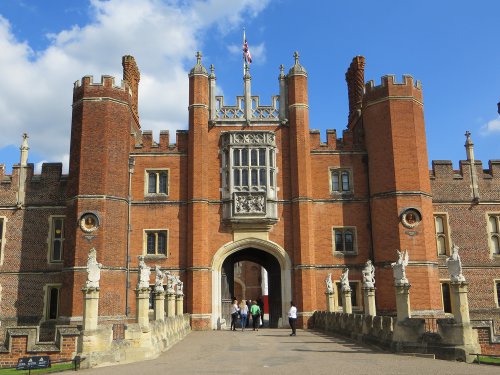

- Windsor Castle: the largest and oldest occupied fortress in the world, it is the Queen’s weekend retreat.
Carlisle
Carlisle Cathedral: this is the seat of the Anglican Bishop of Carlisle, which became a cathedral in 1133.
Carlisle Castle: the castle is over 900 years old. Given the proximity of Carlisle to the border between England and Scotland, it has been the center of many wars and invasions.
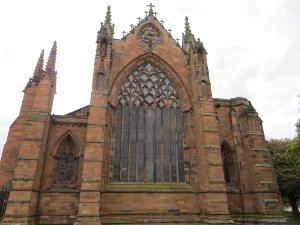
Hadrian’s Wall Trek
We spent six days walking through farmland, Northumberland National Park, fort ruins, and, of course, along the remains of the ancient Roman Wall. The wall was built in AD 122 to mark the edge of the Roman Empire. The barrier stretched 73 miles from coast-to-coast across England. We walked approximately 70 miles from Carlisle to Newcastle-Upon-Tyne. Be sure to read our article to learn more of our adventure.

Newcastle-Upon-Tyne
Great North Museum – Hancock: the museum was established in 1884 as the Hancock Museum. The museum reopened as the Great North Museum: Hancock in May 2009 following a major extension and refurbishment of the original Victorian building. We went in to see a model of Hadrian’s Wall and retrace our trek.
Millennium Bridge: we crossed this pedestrian and cyclist bridge spanning the River Tyne. The award-winning tilt bridge was conceived and designed by architect Wilkinson Eyre and structural engineer Gifford.
Tynemouth: we went to the end of the River Tyne, a neighborhood known for its dramatic views and gorgeous beaches. We walked along the waterfront and stopped in to grab a beer in a local pub.

Edinburgh
St. Giles’ Cathedral: the principal place of worship of the Church of Scotland. The distinctive crown steeple is a prominent feature of the city skyline. The present church dates from the late 14th century and extensively restored in the 19th century.

Edinburgh Castle: dominating the skyline, this historic hilltop fortress is a mix of architectural styles. We never went inside, but were always plain view of it.
National Museum of Scotland: the museum was formed in 2006. We saw the exhibitions related to Scotland, which included the Beginnings, Early People, Kingdom of the Scots, Scotland Transformed, Industry and Empire, and A Changing Nation.
Princes Street Gardens: a public park in the center of the city and in the shadow of Edinburgh Castle. The Gardens were created in two phases in the 1770s and 1820s. The Scott Monument, located in the East Garden, is a prominent Gothic spire built in 1844 to honor Sir Walter Scott.
The Scotch Whisky Experience: the “experience” takes place in the form of a tour around its building with an automated barrel ride through a virtual distillery. We learned about the whisky production process, the various Scotland whisky regions, and a how to taste whisky. It also claims to have the world’s largest collection of whisky.
Scottish Parliament Building: Scotland’s own parliament opened in October 2005. The ground plan of the whole modern complex represents a ‘flower of democracy rooted in Scottish soil.’
Palace of Holyroodhouse: the official residence of the British monarch in Scotland. It has served as the principal residence of the Kings and Queens of Scots since the 16th century. Queen Elizabeth spends one week in residence in this palace at the beginning of each summer.
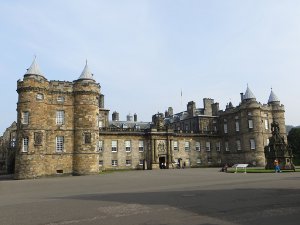
Holyrood Park: the former hunting ground of Scottish monarchs is located right in the heart of the city. Although we did not hike to the highest point of the park, Arthur’s Seat, we were able to get great views of it throughout the city.
Calton Hill: a hill in the center of the city, it offered beautiful views. The hill is also the location of several iconic monuments and buildings: the National Monument, the Nelson Monument, the Dugald Stewart Monument, the old Royal High School, the Robert Burns Monument, the Political Martyrs’ Monument, and the City Observatory.
Isle of Skye
Dunvegan Castle: the seat of the MacLeod of MacLeod, chief of the Clan MacLeod. The castle is the oldest continuously inhabited castle in Scotland and has been the stronghold of the chiefs of the clan for 800 years. The most impressive part of the castle is its setting on the edge of a loch and surrounded by mountains. Taking a stroll in the large garden amongst the flowers, trees, and plants was also pleasant.
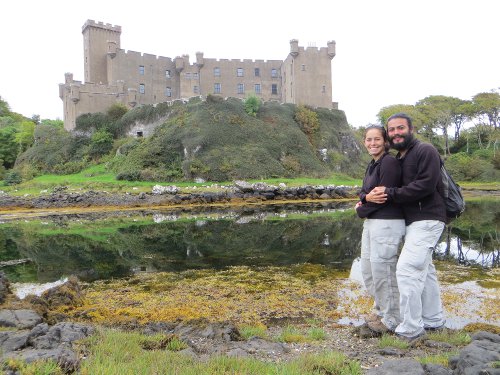

- Quiraing: an escarpment formed by a great series of landslips, resulted in beautiful landscapes. We were fortunate to have a gorgeous day while hiking a loop around these cliffs. The summit is a plateau of grassy area with views of several pinnacles, mountain ranges, lochs, and the ocean!
Portree: the largest town on the island, we were camping just outside of it, although the first and last night we decided to pitch our tent in back of a parking lot located in the town. The city’s harbor is fringed by cliffs and the pier surrounded by beautiful small different colored houses. Hiking the Scorrybreac Loop was supposed to give us nice views of the town and its surrounding, but it was a foggy day.
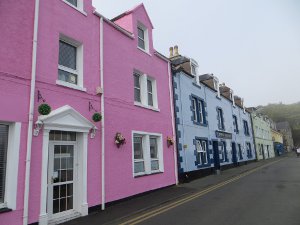
Pembrokeshire
We spent our days in the geographic middle of the Pembrokeshire area located in Wales. Most of the time relaxing, but we did take some short hikes in the surrounding forest and farmlands. The scenery was beautifully green with rivers and rock formations.
Cardigan: our plan was to hike along the coast of this town, unfortunately we did not get good weather and decided to walk around the small city and its wildlife reserve.
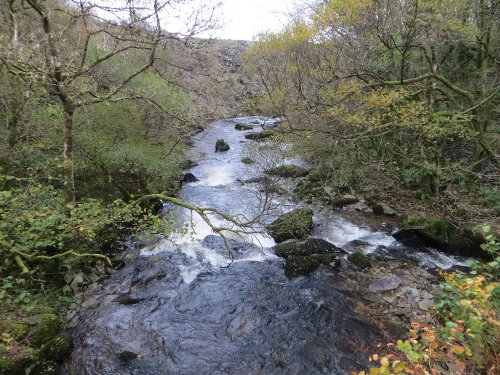
Salisbury
Stonehenge: Britain’s most iconic archaeological site, it is a ring of monoliths where, according to archeologists, burials took place. We learned about how they could have possibly constructed them and then got to walk around them, encircling the massive stones.
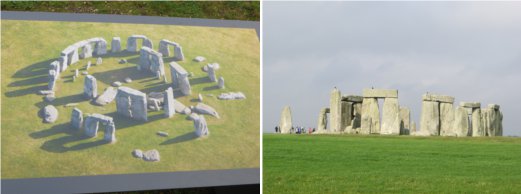
Old Sarum: the site of the earliest settlement of Salisbury. The place is located on a hill about 2 miles (3 km) north of modern Salisbury. We saw the only remains of the village, which were ruins of a castle and cathedral.
Salisbury Cathedral: We entered this spectacular gothic cathedral, whose interior is built with flying buttresses and vaulted ceilings. The complex is home to one of only four original Magna Carta documents which are displayed.

Bath
Roman Baths: an exceptional self-guided tour led us through Roman life and the Roman Baths. The Romans constructed a glorious complex of bathhouses above the thermal waters and 2000 years later this is one of the best-preserved Roman spas in the world. The baths were sacred to the Romans and was where they worshiped Solis Minerva.
Botanical Gardens: we took a stroll around the gardens, which were an ideal place to view the beautiful colors of autumn.
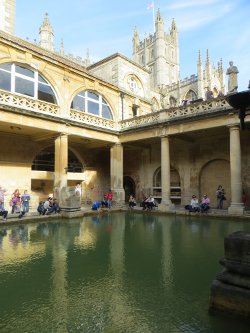
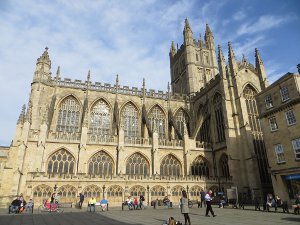
- Bath Abbey: constructed between 1499 and 1616, this is the last great medieval church built in England.
- Royal Crescent and The Circus: these Georgian architecture buildings were built between 1754 and 1774 and designed by the architect John Wood. The Royal Crescent is a semicircular terrace of majestic houses originally built for wealthy socialites overlooking the green sweep of Royal Victoria Park. Nearby is the Circus, a ring of 30 houses divided into three terraces, which was also built for the famous.
